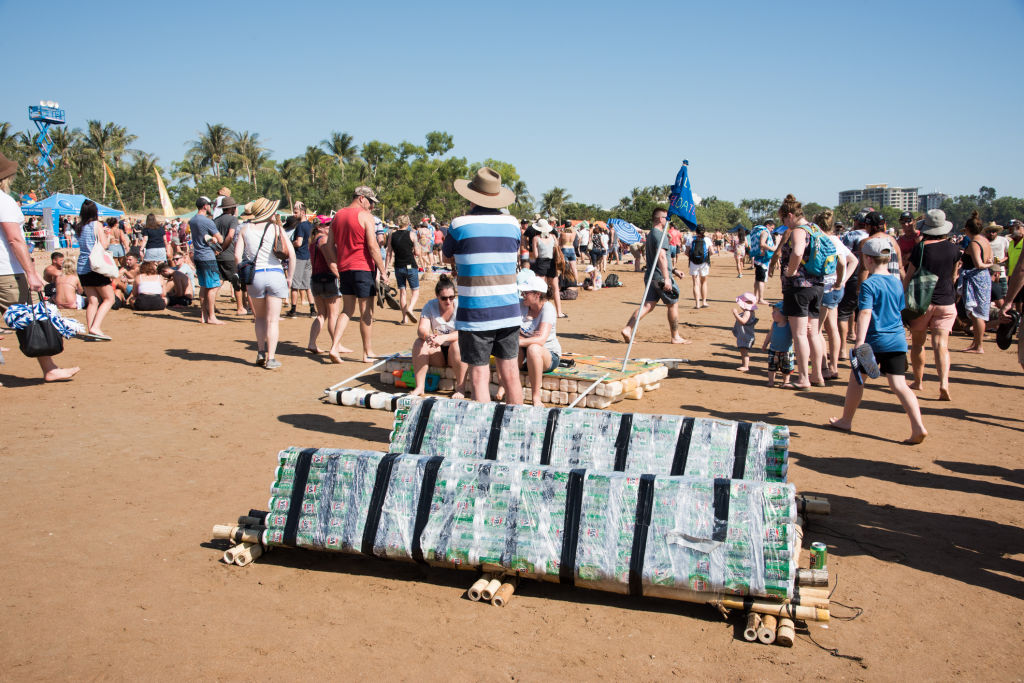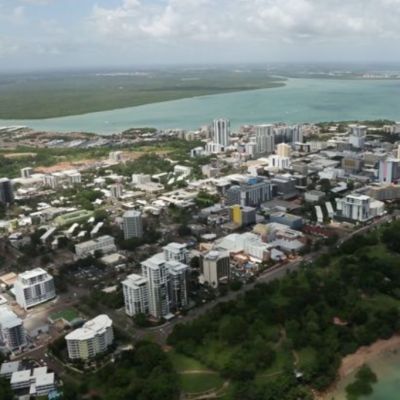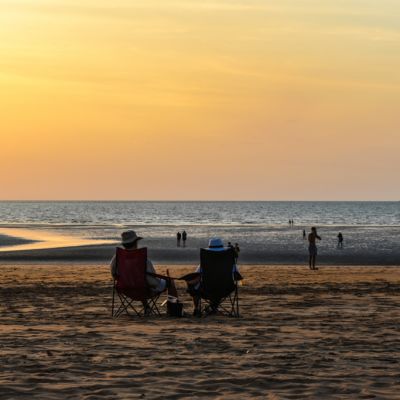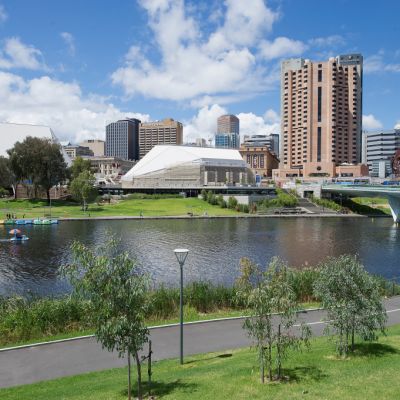
Looking for love? You might want to move to Darwin
Single ladies [or gents] looking for love might want to consider moving to Darwin with the latest figures from the Australian Bureau of Statistics showing for every 100 women, there are 111 men.
But, they may want to avoid Adelaide, which has only 97 men for every 100 women.
Darwin led Australia’s capital cities with the largest ratio of men to women in 2018 according to the data, released last week, and was also Australia’s youngest city in terms of its population.

The median age of its residents was 34, the data showed. Australia’s oldest city was Hobart, whose residents have a median age of 40.
Lecturer in human geography at Deakin University, Michele Lobo, said having a nicer lifestyle was one of the reasons younger people were moving to Darwin, as well as the opportunity for work.
“They can live by the beach and they don’t have to travel too much [through traffic congestion] for work,” Dr Lobo said.
While Darwin was leading the way for Australia’s capital cities, areas of Western Australia had even higher ratios of men to women – though some included suburbs with men’s prisons.
Others included areas with mining communities like East Pilbara which had 292 men for every 100 women and Ashburton with 245 men for every 100 women.
Sex ratios and median ages by capital city
| City | Sex ratio (males per 100 females) | Median age |
| Darwin | 111 | 34 |
| Sydney | 99 | 36 |
| Perth | 99 | 36 |
| Hobart | 99 | 40 |
| Melbourne | 98 | 36 |
| Brisbane | 98 | 35 |
| Canberra | 98 | 35 |
| Adelaide | 97 | 39 |
Source: Australian Bureau of Statistics, 2018
Young people were not the only ones chasing a nicer lifestyle. Retirees were moving to the warmer states with suburbs in Brisbane, Sydney and Perth having the highest percentage of people aged 65 and older, the data showed.
ABS director of demography Beidar Cho said areas with the biggest concentrations of elderly Australians were found in long established suburbs, retirement destinations and areas with aged-care facilities including Castle Hill in Sydney’s north-west.
“Brisbane’s Bribie Island (41 per cent), Mandurah in Perth (28 per cent) and Lindisfarne in Hobart (27 per cent) had some of the highest proportions of people aged 65 and over in the capitals,” Ms Cho said.
“In contrast, capital city areas with the largest proportions of people aged 15 to 64, the traditional working ages, were mostly in the inner city.
“This reflects adults wanting to live near their places of work or study and includes Sydney Haymarket and The Rocks (88 per cent), inner Adelaide (85 per cent) and Darwin (85 per cent),” she said.
Ms Cho said families were mostly living in outer suburban areas with the highest concentration of kids in Bonner on the northern fringe of Canberra where children made up 32 per cent of the population.
Point Cook in Melbourne’s outer west also had a lot of youngsters with 31 per cent of the population younger than 15.


